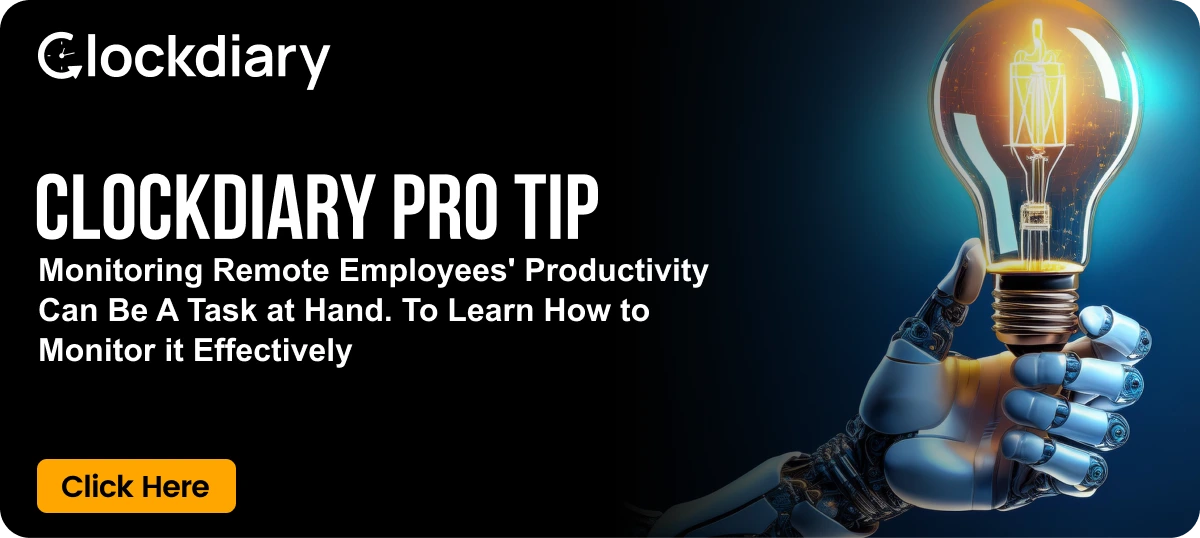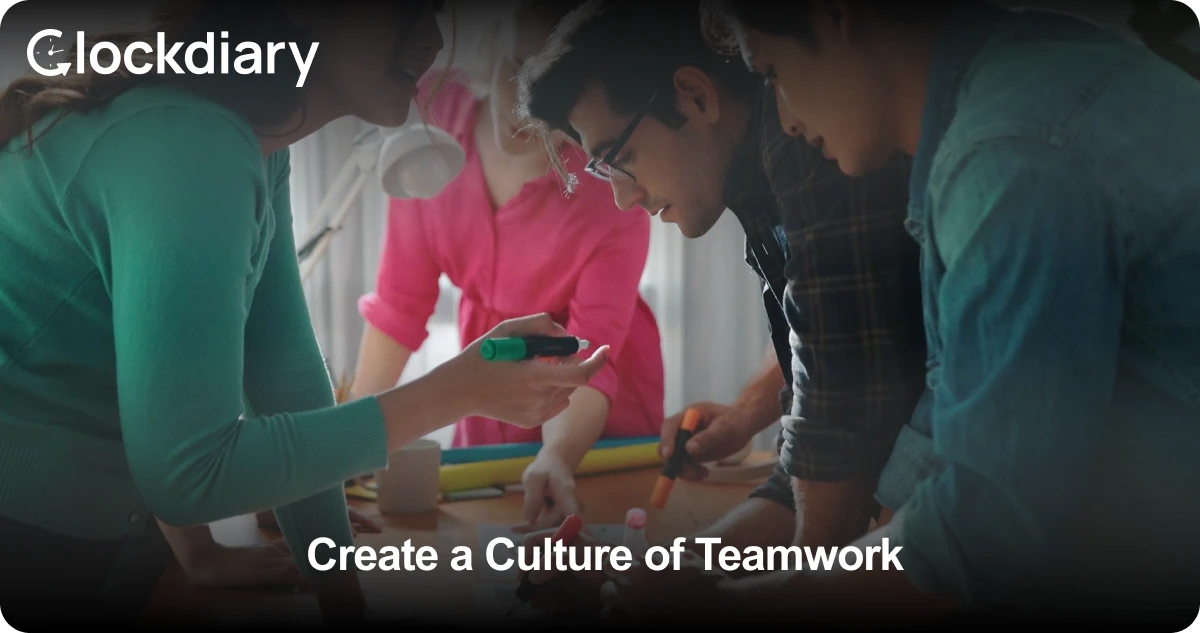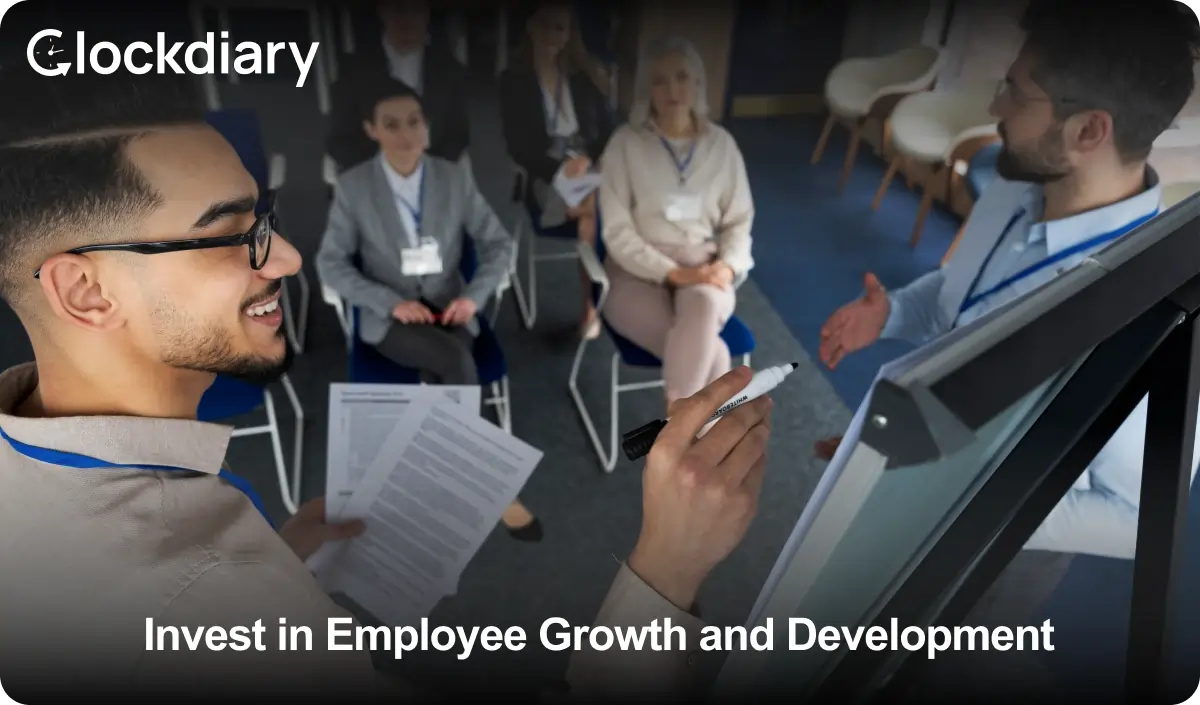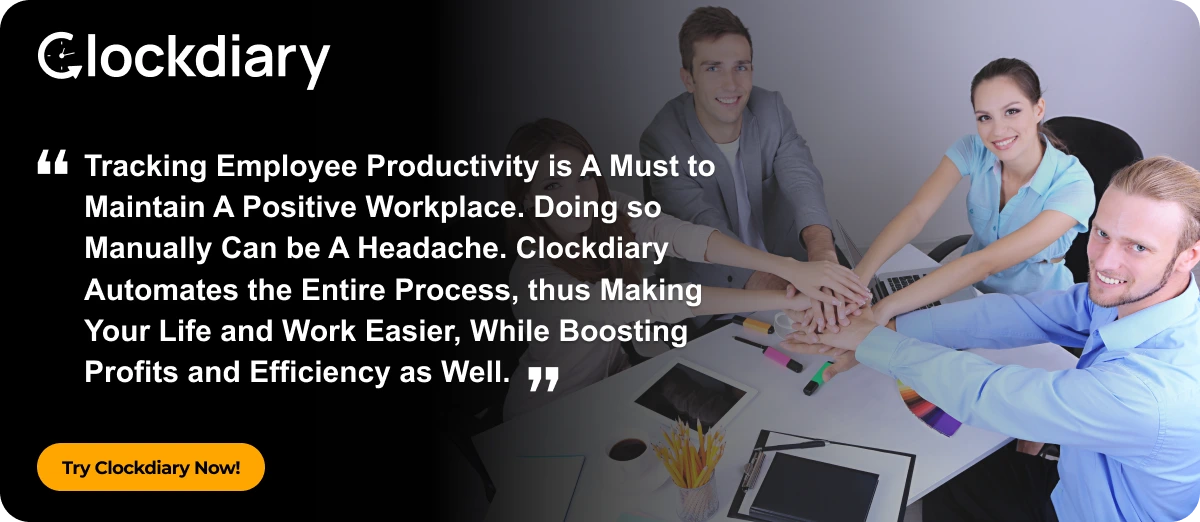

Creating a positive workplace isn’t just about making employees happy—it’s about building an environment where people feel valued, connected, and motivated to give their best every day.
Think about it: when your team feels good about where they work, they’re more productive, engaged, and loyal. Studies even show that companies with an ideal workplace environment see up to 21% higher profits compared to those that don’t.
But how do you create a positive workplace environment? It’s not magic—it’s about consistent actions that show your team you care. Whether it’s tackling challenges together, communicating openly, or investing in their growth, building a positive workplace is a cakewalk with things like the 5 phases of group development, as per Bruce Tuckman’s model.
| Quick Summary: Creating a positive workplace is more than just good leadership—it’s the foundation of high-performing, motivated teams. In this guide, you’ll discover why a positive work environment is essential for long-term success, the common challenges that hold teams back, and ten proven strategies to build a culture of trust, collaboration, and growth. Whether you’re leading a startup or managing a growing team, these practical steps will help you inspire your people and strengthen your company from within. |
In this blog, we’ll dive into practical tips you can start using today to create a positive work environment where people thrive—and your organization succeeds. Ready to make it happen? Let’s go.
A positive workplace creates an environment where employees feel valued and motivated, leading to better outcomes for everyone. Here’s why it matters:
Building a positive workplace isn’t always easy. Every organization faces unique hurdles, but identifying and addressing these challenges head-on can make all the difference.


Overcoming these challenges requires patience, transparency, and a willingness to adapt strategies to fit the team’s needs.

Building a positive workplace takes more than just good intentions; it requires clear steps that support both your team and the organization’s goals. When implemented correctly, these actions can transform the work culture, boosting morale, productivity, and overall success.
Think of a vision as the heart of your organization—it shows your team where you’re going and why it matters. Without it? You’re asking people to navigate without a map.
Top-performing workplaces thrive because they communicate their vision effectively. In these organizations, 89.5% of employees say they understand their company’s goals, compared to 74.8% in average ones.
But here’s the reality: having a vision isn’t enough if you don’t live it.
When a vision is clear and consistently followed, it inspires your team to give their best, boosting engagement and productivity. And the results are game-changing—visionary companies have seen their investments grow to $6,356 for every $1, compared to just $415 in others.
A strong vision isn’t just a statement on the wall. It’s a tool that inspires, aligns, and drives success.

Effective communication is key to keeping your team engaged and informed, thus ensuring a positive workplace. When it’s done right, it drives success. When it’s not, it causes frustration.
In top organizations, 81.9% of employees hear about changes on time, compared to just 63.1% in average companies (Best-of-the-Best Benchmark: 81.9%, Overall Benchmark: 63.1%). Delayed or poor communication leads to confusion and disengagement.
Best-performing companies involve employees in decision-making, with 79.8% of employees feeling heard, compared to just 61.6% in average workplaces (Best-of-the-Best Benchmark: 79.8%, Overall Benchmark: 61.6%). When employees are well-informed, they feel valued, leading to higher productivity and trust.
The takeaway? Timely and transparent communication isn’t just important—it’s a game-changer for improving both morale and performance.
Hiring the right talent isn’t just a human resources task—it’s a business necessity. Misaligned hires cost organizations dearly. According to SHRM, replacing a bad hire can cost 30% of their annual salary, while Gallup highlights that businesses with well-matched roles see 36% higher engagement.
Top-performing companies ensure success by:
Strategic hiring doesn’t just fill vacancies—it ensures your team is built for growth, innovation, and success. The right people in the right roles are your key to driving productivity and profitability.

Teamwork isn’t just about working together—it’s about achieving more together. Companies with strong collaborative cultures are 5 times more likely to be high-performing (Deloitte).
Here’s how to foster teamwork:
A collaborative culture doesn’t just improve the workplace vibe—it drives real results. Gallup found that companies with engaged, collaborative teams outperform competitors by 21% in profitability.
The message is clear: when employees trust, support, and rely on each other, your organization thrives.
Want your team to stay ahead of the game? Focus on growth and fresh ideas! Companies that embrace innovation are 30% more efficient and keep employees happier (Forbes). It goes without saying that this is the key to building a positive workplace for your team.
Here’s how to make it happen:
When you make innovation a priority, you’re not just keeping up—you’re staying ahead. Encourage your team to think big, learn often, and take smart chances. The results? An excellent working environment that thrives on growth and fresh energy!

Everyone loves to feel appreciated, right? Recognition isn’t just a nice-to-have; it’s a game-changer. Employees who feel valued are 4.6 times more likely to give their best at work (Harvard Business Review).
Here’s how to make recognition count:
Recognition creates a ripple effect. When employees see their efforts matter, they’re more motivated, engaged, and loyal. Plus, it builds a culture of positivity in the workplace where everyone feels inspired to shine.
Accountability isn’t about blame—it’s about trust and ownership. Teams with strong accountability are 50% more likely to exceed their goals (Workplace Research Foundation).
Here’s how to make it happen:
When accountability becomes part of your culture, it builds trust, improves performance, and helps everyone work better together. Remember, it’s not about micromanaging—it’s about empowering your team to deliver their best.

When you invest in your employees’ growth, you’re investing in the future success of your organization. Companies with strong development programs see 34% higher employee engagement (Gallup).
Here’s how to make it happen:
Employees who feel supported in their growth are more likely to stay with the company, perform at their best, and contribute to its long-term success. Investing in development isn’t just beneficial for the team—it’s good for business.
Challenges are a part of any workplace, but how you handle them matters. Leaders who stay confident in tough situations inspire their teams to do the same.
Here’s how to lead confidently when things get tough:
When employees see their leaders facing challenges with confidence, they feel more motivated to push through tough situations too. It creates a positive work environment where challenges are seen as chances to grow and succeed.

Happy customers are the backbone of any successful business. When you prioritize customer satisfaction, you build loyalty and create a strong reputation, something that is extremely important to maintain a positive workplace.
Here’s how to keep customers happy:
By focusing on customer satisfaction, you not only build trust but also encourage repeat business and positive word-of-mouth. When customers feel valued, they’ll keep coming back.
Building and maintaining positivity in the workplace doesn’t have to be complicated. Here are a few simple, practical steps that can make a big difference:
By sticking to these steps, you can foster a positive, productive, and engaged work environment where everyone feels valued.
So, how do you know if all the hard work you’re putting into creating a positive workplace is actually paying off? It’s all about seeing the results in real, meaningful ways. Here’s how you can measure the success of your efforts:
Tracking these key factors will help you see what’s working and what might need tweaking, keeping your workplace headed in the right direction.

When it comes to creating a positive workplace, leadership is the secret sauce. Great leaders don’t just manage—they inspire, motivate, and shape the entire workplace culture. Their actions, decisions, and even the way they communicate set the tone for everything that happens within the organization.
A leader who values positivity leads by example, and when they do, it encourages employees to follow suit. It’s not just about giving orders—it’s about building trust, being approachable, and truly listening to your team. Leaders who prioritize their team’s well-being create an environment where employees feel heard, valued, and empowered to do their best work.
Did you know that in organizations with strong leadership, 88% of employees feel empowered to make decisions that benefit the company? Compare that to just 62% in average companies. That’s the power of positive leadership in building a positive workplace culture—helping your team thrive and keeping the workplace energized and productive. It’s all about setting the right tone from the top!
Conclusion
Building a positive workplace is an ongoing journey that requires intentional effort and strong leadership. When you focus on creating a culture of trust, open communication, and growth, your team will feel valued and motivated. This leads to higher productivity, lower turnover, and more collaboration and innovation.
While challenges are part of the process, addressing them with transparency and solutions helps maintain a strong workplace culture. Leadership plays a key role in shaping this environment. By leading with positivity and focusing on your team’s needs, you inspire them to perform their best.
By taking these practical steps today, you lay the groundwork for a workplace where both employees and the organization thrive. A positive workplace isn’t just about success—it’s about building a supportive environment for everyone to grow and succeed together.

FAQs:
Creating a positive workplace starts with fostering open communication, showing appreciation, and encouraging teamwork among employees. By promoting inclusivity, recognizing achievements, and maintaining a supportive environment, you can cultivate a culture of positivity and collaboration.
Building positivity in a team involves fostering frank discussion, encouraging mutual support, and celebrating each team member’s contributions. By creating a culture of trust, collaboration, and appreciation, you can inspire motivation and strengthen team dynamics.
To prepare a healthy work environment, ensure clear communication, promote work-life balance, and prioritize physical and mental well-being. Additionally, inclusivity, provide growth opportunities, and create a space that encourages collaboration and respect among all employees.